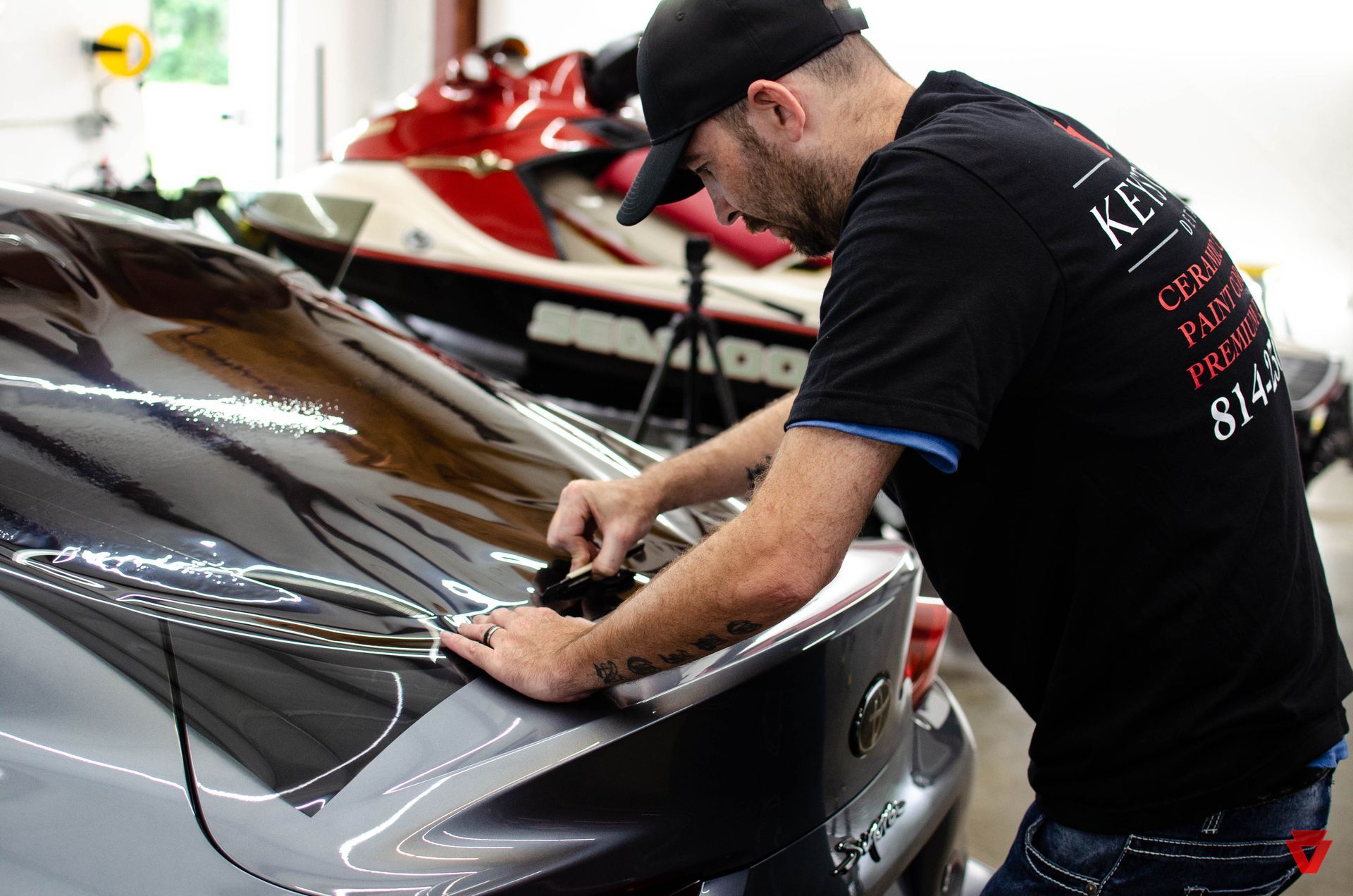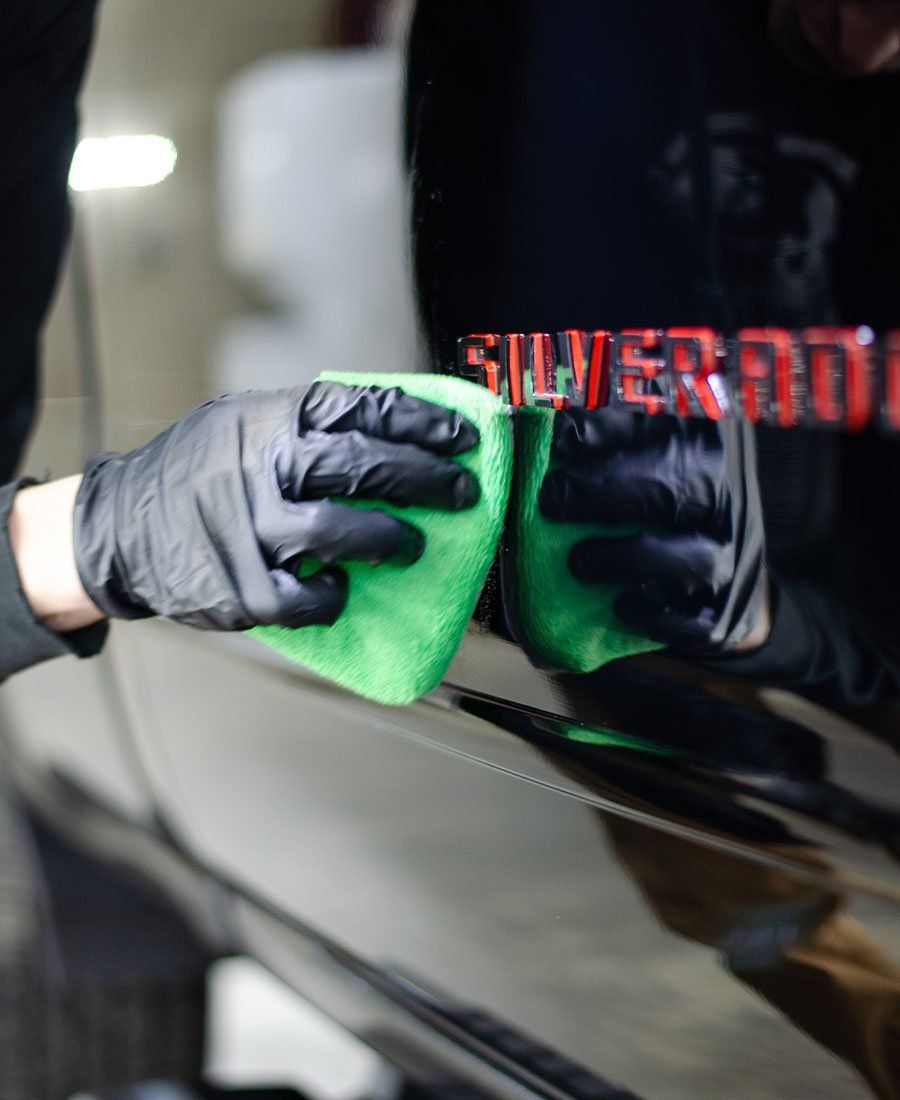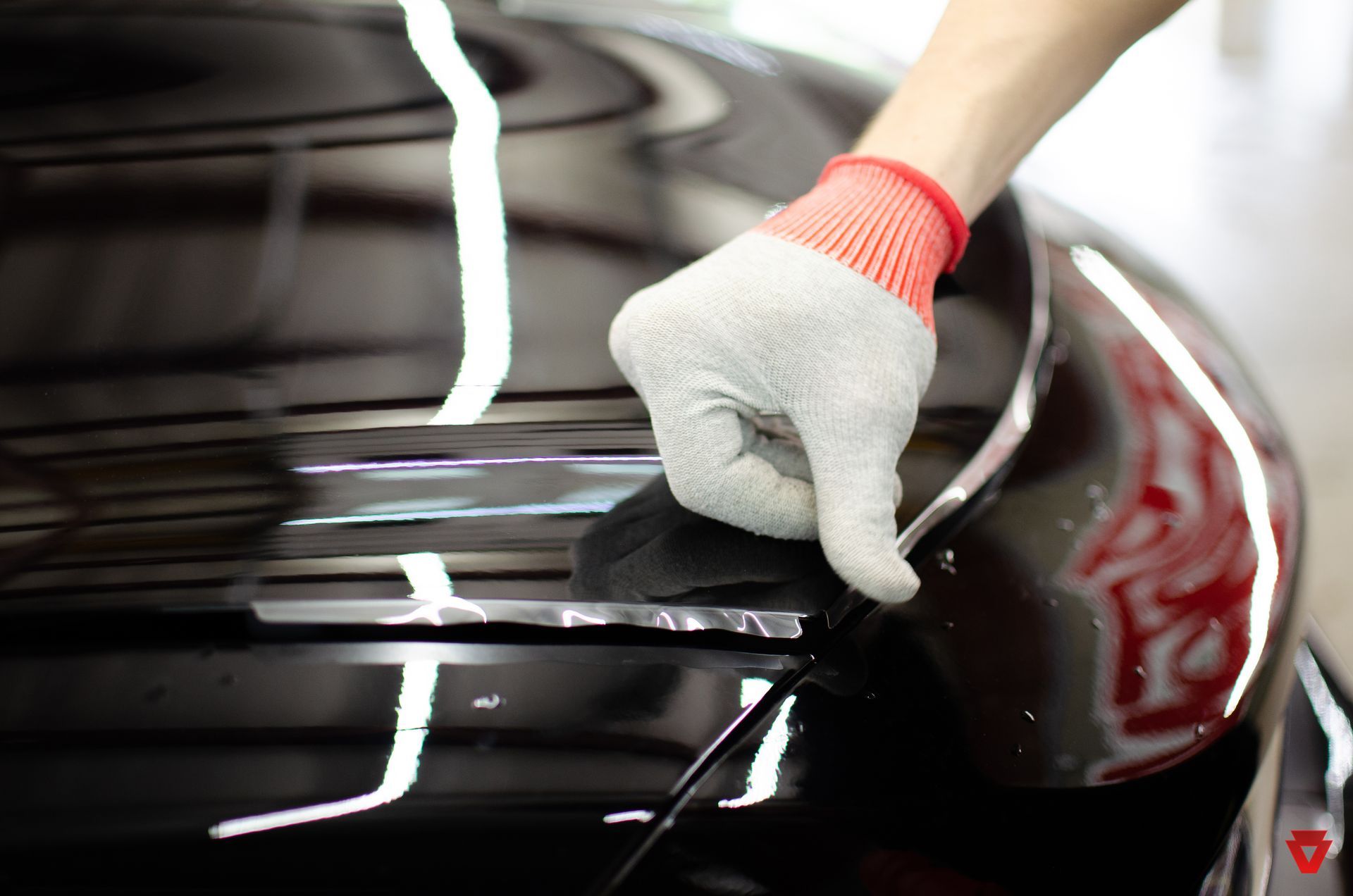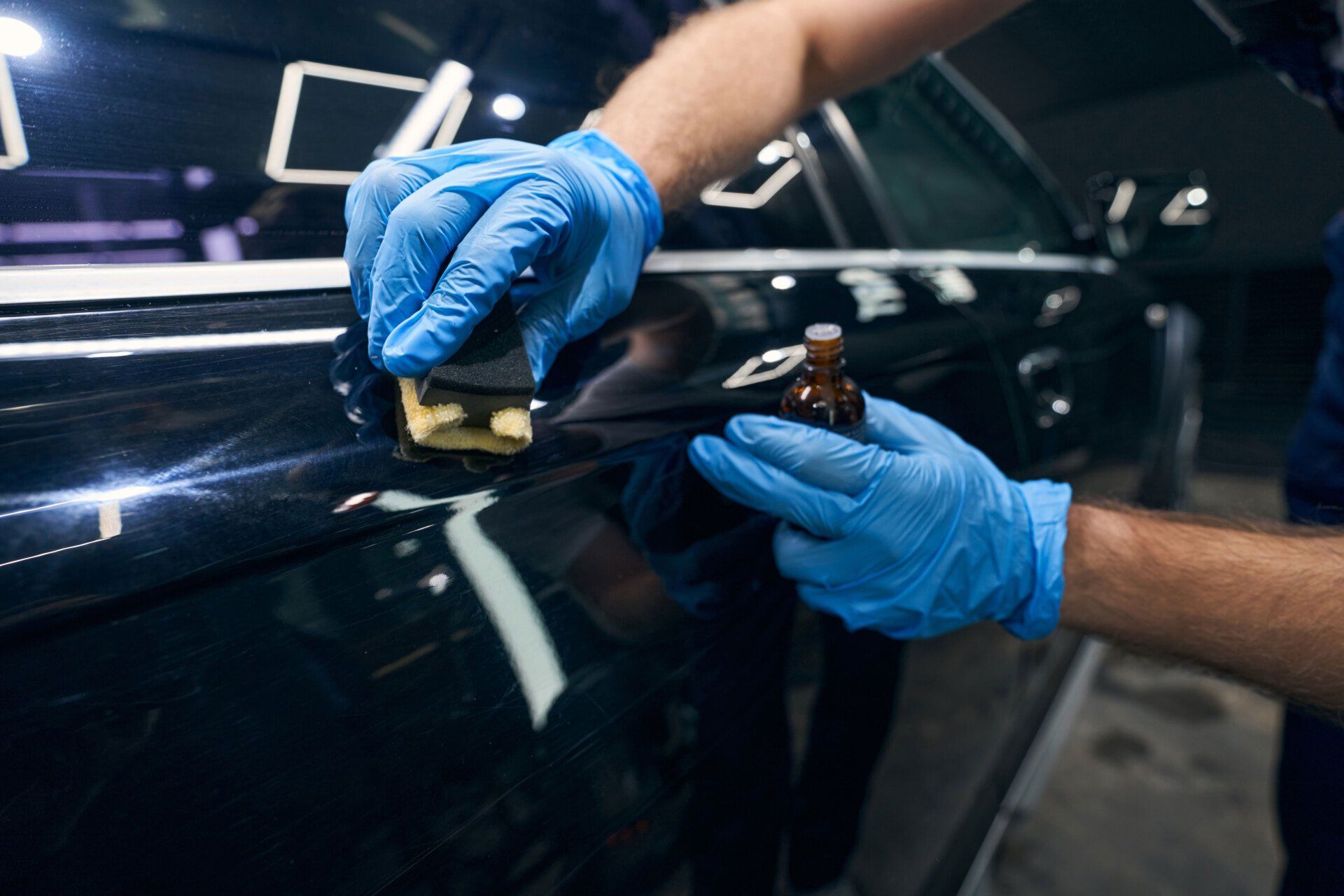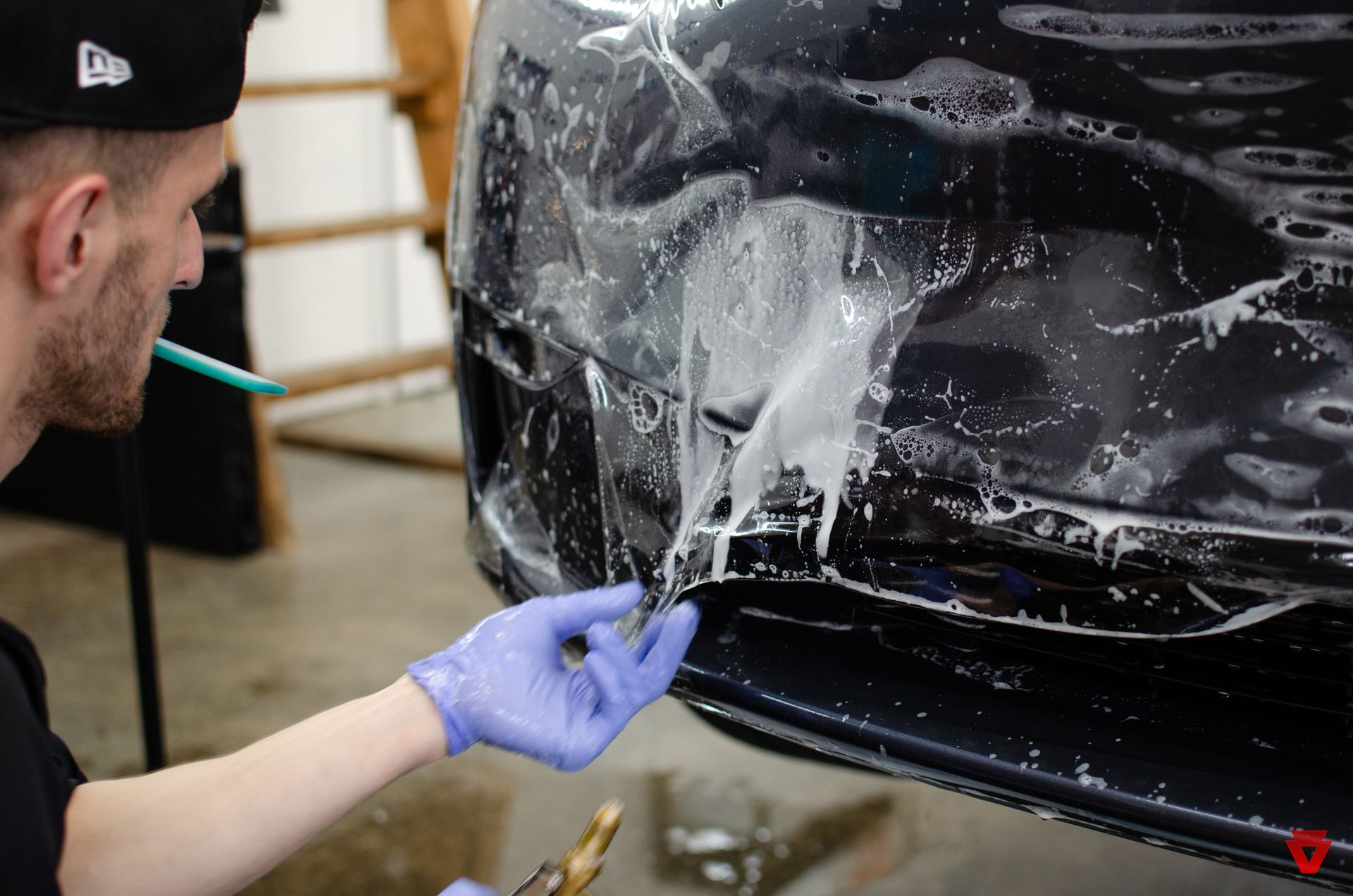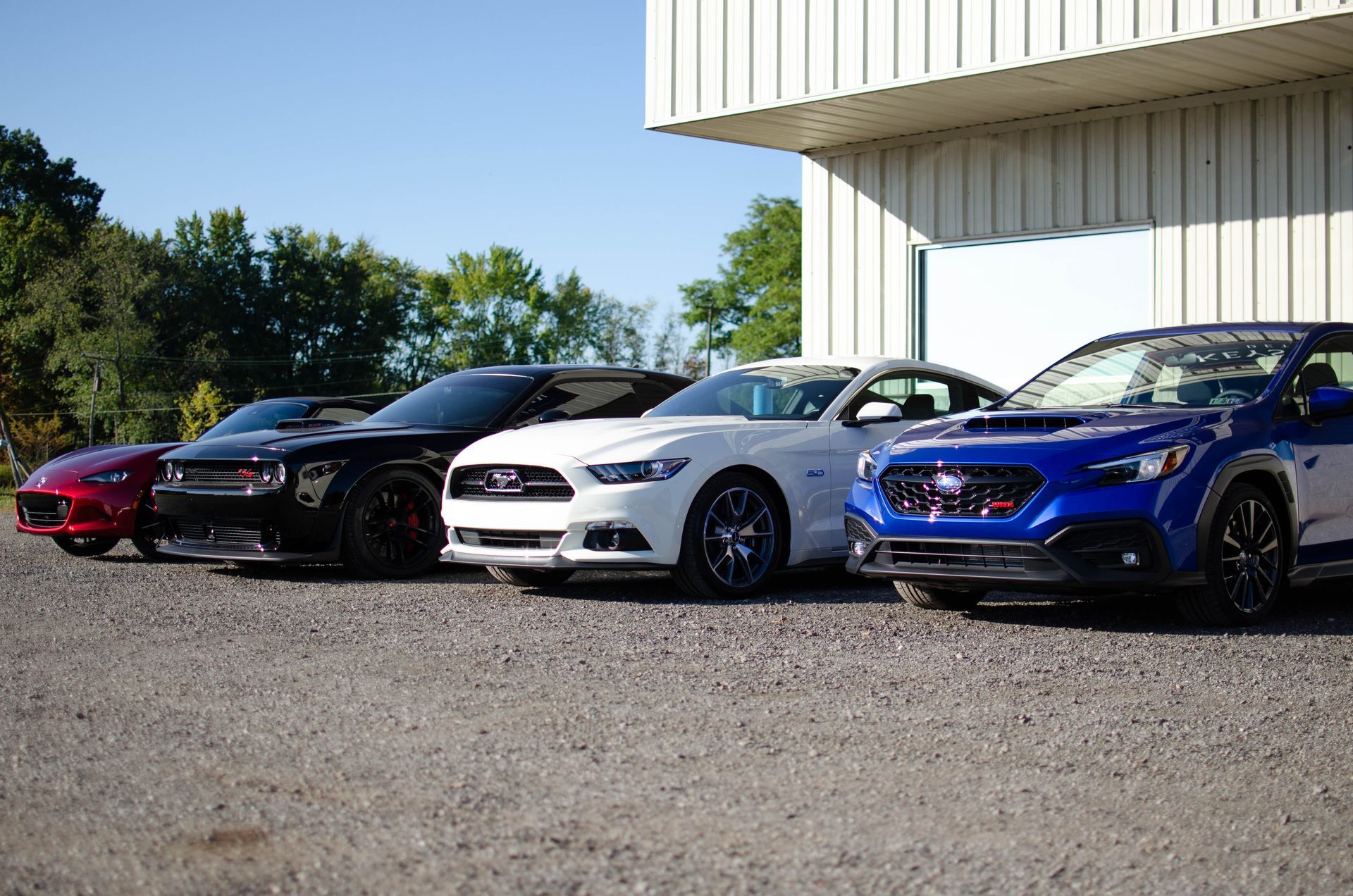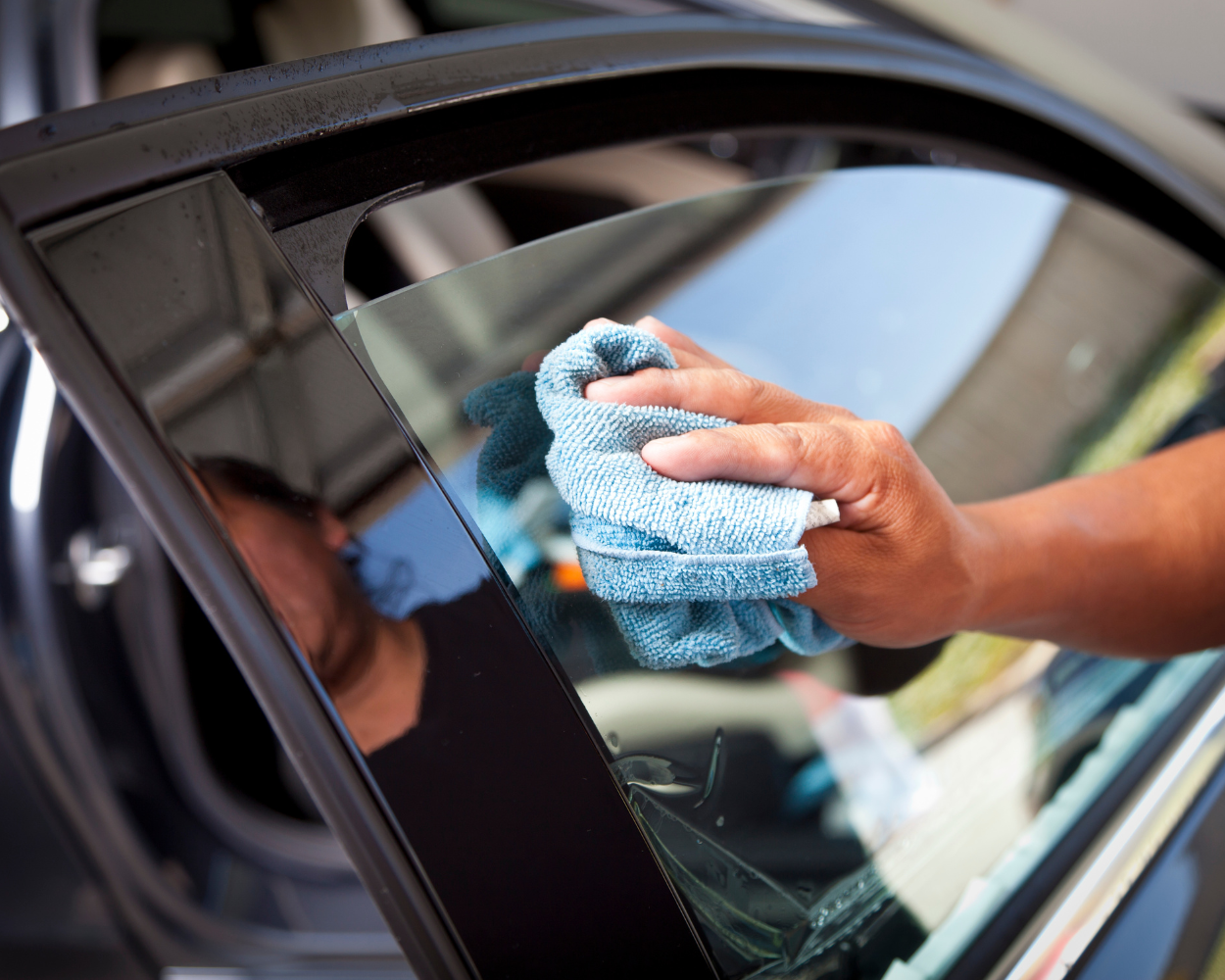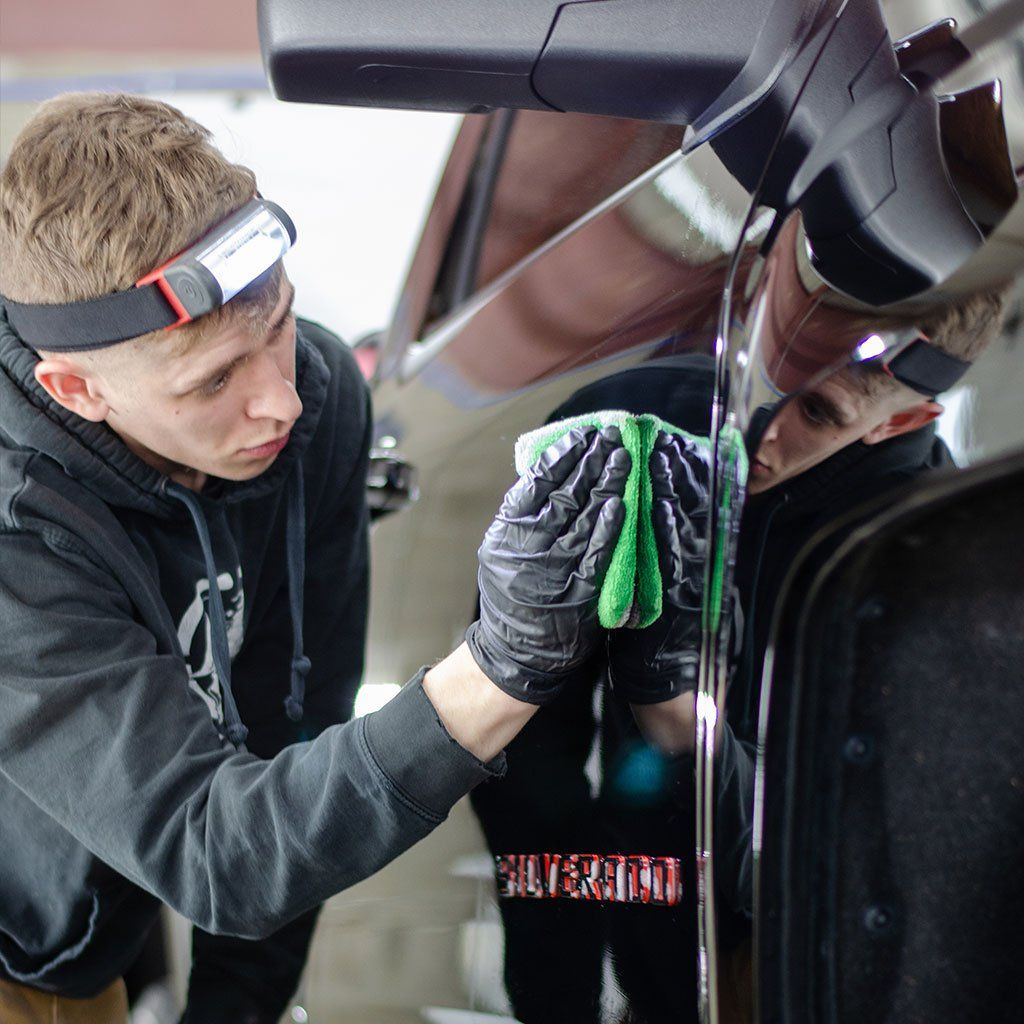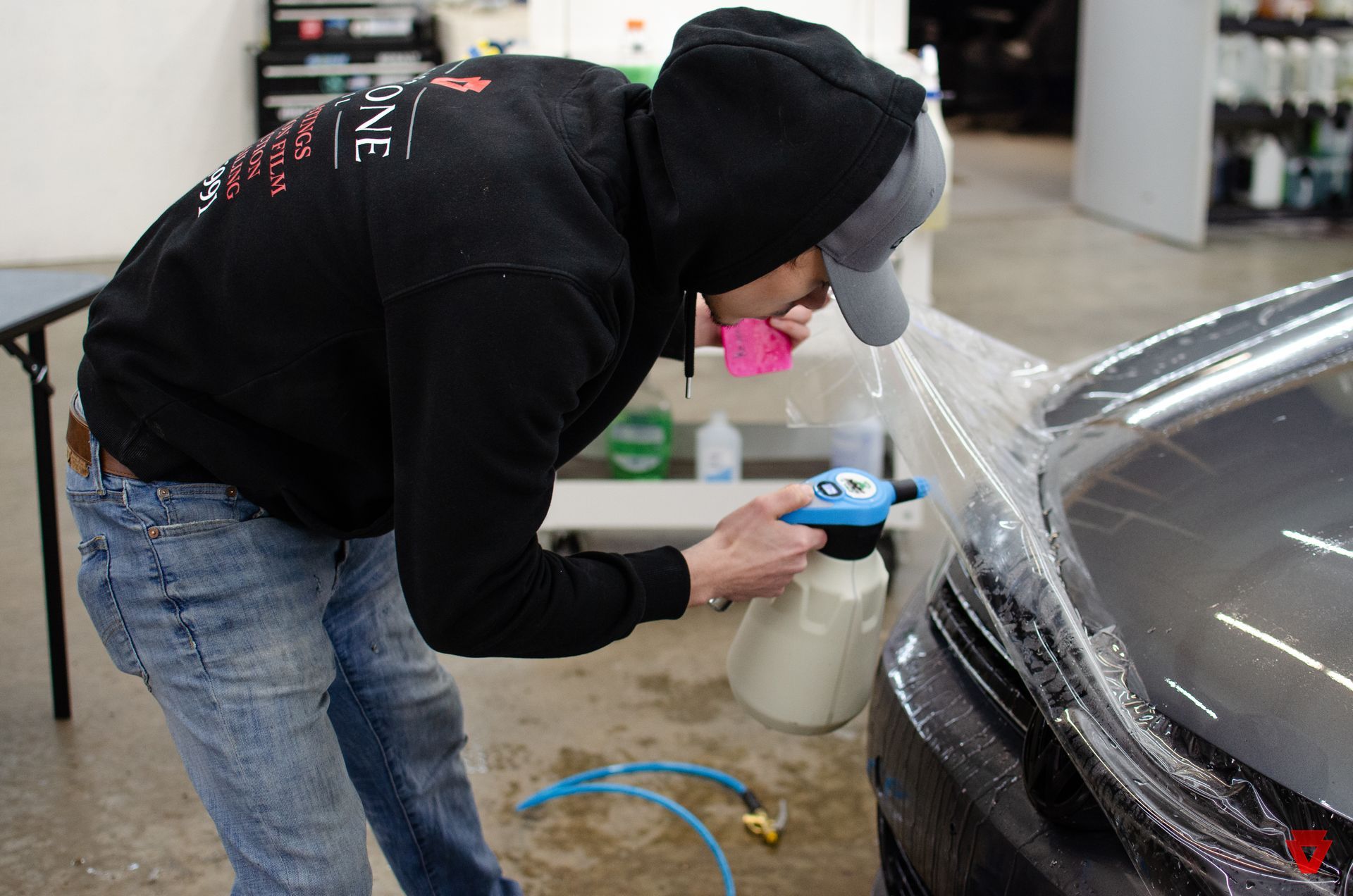Paint contamination can be caused by about a million contributing factors, and even new cars can be affected by paint contamination.
Contamination isn’t something that just affects the look of the paint. The problem can be significantly more troublesome than that. Contamination can eventually lead your paint to fail and become susceptible to wear and tear and eventually lead to potential fading, chipping, and flaking.
We will be going over the different factors that contribute to paint contamination and how to get rid of the contamination that could be plaguing your vehicle.
Iron Fallout
Iron fallout, more commonly just known as fallout, is caused by metal particles embedding themselves into the paint of the car. Several things can cause fallout to occur.
The most common way for iron fallout to occur and embed metal particles into the paint of your car is by train as well as normal everyday driving. Many cars are transported all over the countries from manufacturer to dealership in open boxcars on trains, the iron flying off of the friction brakes on the train can easily find their way onto the cars they are carrying. The same applies to vehicles driving on the road.
After the car is driven off of the lot, fallout can still be a concern because the breaks from the car itself can also throw metallic particles onto the paint.
Another easy way for metallic particles to find their way to your car's paint is at an auto body shop. When you take your vehicle to an auto body shop, sparks can fly from a car being worked on and land on your car as a result of the workers working on another vehicle.
It is important to choose a shop that has areas sectioned-off areas for individual cars to be worked on so there is no chance your car gets contaminated as a result of any welding or grinding taking place on someone else’s vehicle.
Tar
Tar is one of the more obvious factors causing contamination on the list. If you’ve ever driven over fresh tar and heard the particles come up and hit your car- you know it isn’t a pleasant sound.
Tar that comes off the road will stick to any surface it comes into contact with on your vehicle, and getting it off your paint can be a difficult task sometimes.
Most auto parts stores offer a “bug and tar remover” spray that you can apply to the affected areas of the car to remove any stubborn tar.
When you are using any of these sprays to rid your car of any tar, be sure to use a clean microfiber cloth to avoid any scratching or damage to the car’s paint.
How To Get Rid Of Contamination On My Paint
There are a seemingly infinite amount of ways to get contamination off of your car, but we are going to go over the most trusted methods we use here at Keystone Detail.
These are methods you can use at home as well, making it easy enough for you to keep your car at its best while saving some money!
Regular Washing
While this may seem a bit obvious, washing your vehicle regularly can prevent any of the metal, dirt, tar, dust, and grime from embedding themselves in your car’s paint. Whether you choose to go to a car wash or hand wash your vehicle at home, this is easily the least time-consuming way to make sure your car is clean from contamination.
If you do choose to utilize a car wash instead of doing it at home, be sure to be taking your car to a touchless automatic car wash.
Car washes with brushes and swinging arms are washing hundreds of cars every day removing dirt and pebbles from all of those cars, and the employees don’t have any way to clean all those moving parts. That can lead to your car getting scratched by any debris caught in the mechanical arms.
Clay Bar
Using a clay bar is one of the most effective ways to clean your car from any possible contamination. They are a bar made of resin made to feel and perform like clay, because of their pliability, they are one of the easiest methods of paint cleaning you can use.
They work by removing the contamination on the surface of the car, therefore, protecting the car from the harmful damage that can be done by leaving the contaminants on the car.
The best part about utilizing a clay bar is that as long as you are doing it correctly, you only really need to use it about twice a year. Should you feel so inclined, you can do it as often as you please, but a semi-annual cleaning should suffice. Just know that a Clay bar can micromar the surface of your paint. So light pressure is recommended when claying a vehicle.
We hope this helps you and your vehicle at home and as always we are here to help! Don't feel like taking the steps mentioned above on your own time? Let us know at 814-230-6991 to get your ride scheduled for a thorough decontamination.
